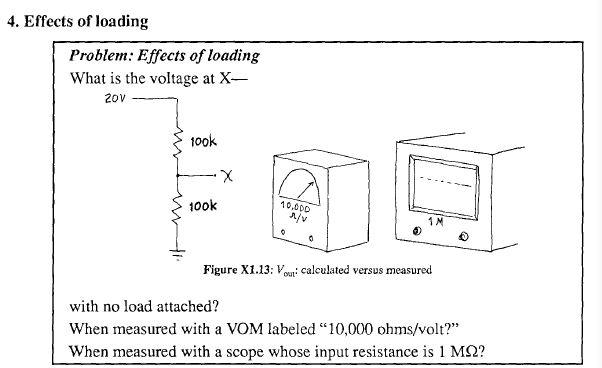Greetings, all. I just registered because...well... I haven't felt this stupid in a long time, maybe ever, and need some help I guess. I've been building kits, doing some limited speaker and crossover design and building, board repopulations, etc., for decades, and can kind of read a schematic to the point where I know the components I'm looking at and how they're connected, but I know precious little, if anything, about actual electronic engineering or design theory. Sooo.. after getting stuck on trying to solve an issue on a Dynaco SCA80Q on my bench right now, I figured it's never too late to learn. Bought a copy of AoE 2nd ed from Goodwill in great shape, and downloaded the accompanying student handbook and started the journey. I have a headache. At one time, I got as far as Calc BC, but that was back in the early 80s and I haven't done anything since other than routine "How many sheets of plywood do I need to build a 4x16 table?" .. Ok, maybe a bit more than that. I'm embarrassed by how much I've forgotten.
Anyway... Here's today's conundrums, still in the very basic parts of the books, dealing with Ohm's law (that, at least, I'm comfortable with), Kirchhoff's voltage and current laws (pretty OK there), Thevenin equivalences (so far, so good)... but I'm hitting a wall with some examples in the student handbook.
For instance...

I thought I had this.. the original diagram on the left becomes a Thevenin reduction to a 10v source into a 50K resistor. The meter's 10,000ohm/1V spec returns a current of 0.1mV. Using R=V/I to solve for internal resistance when reading 10v, we get an R value of 100K. Since that is 2/3 of the now total resistance (150K ...50k resulting from the Thevenin depiction of the divider circuit plus the 100K internal resistance), then the voltage at X when measured with the VOM labeled 10,000 ohms/V would be 6.6666 or, 6.7 as depicted. Check. I get it.
HOWEVER.. when connected to the scope w/ 1 MOhm input resistance, I a can't figure how they get the 9.5V result. Since the input resistance is given w/out respect to voltage, is it constant on a 'scope, or do you still use I=V/R to calculate I=1V/1Mohm, resulting in 0.001mA? Then... as before... R=V/I = 10/0.000001 = 10M resistance, which is 0.995 of the total resistance, 10,050,000. Wouldn't that yield a voltage reading of 9.95, and not 9.5 as suggested in the answer below?

Another question that stumped me -

Reducing the figure on the left to a Therevin equivalent easily yields the 11K result for the series resistors on top and .91 for the parallel on the bottom... all good there. However, isn't the resulting voltage at the dividing point equivalent to the results obtained from R1*R2/(R1+R2) for the resulting resistances? 11k*0.91k/11.91k yields 0.84V, not 0.74 as indicated. If I use the ratio method, lower resistance against total resistnace, or 0.91/11.91, I DO get .076, which then multiplied by the 10V input DOES yield the expected 0.76, but I don't understand why the other formula doesn't work in this case.
I know.. for all of YOU folks, this is like trying to explain to a two-year-old why 2+2 does not equal five, but it's been a VERY long time. Hopefully, the rust will dissipate quickly. Thanks in advance!